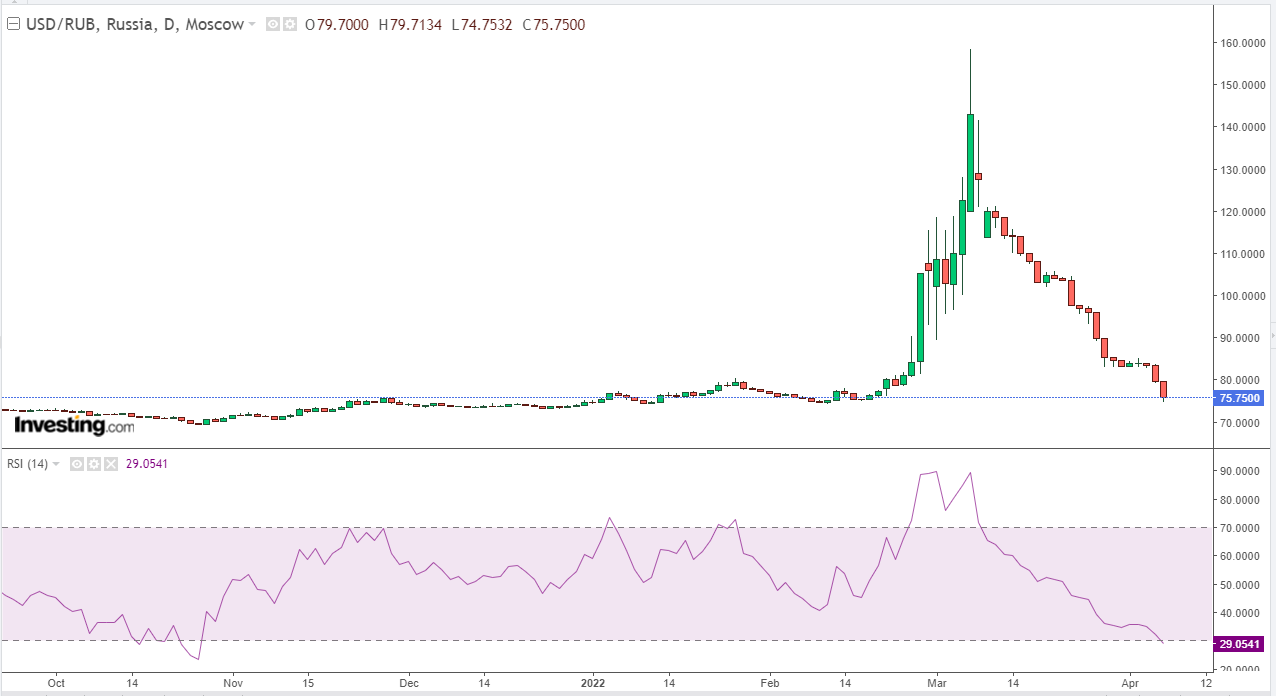While Gold continues to hit the snooze button, trapped in a range from 1900-1967, I thought I would talk about something that should have gotten a lot more attention than it has: Russia announced that it will only accept payment for natural gas in rubles or Gold and its decision to effectively peg Gold to the ruble at 5000 rubles per gram. This could be applied to all the other commodities it sells too.
I have been saying “Follow the Smart Money” since 2016 in reference to both China and Russia. Both have been steadily buying Gold since the Global Financial Crisis in 2008. They are two of the biggest producers of Gold in the world. China has been buying mining operations all around the world too. It is also illegal to export 1 oz. of Gold from China. At the same time, they have been reducing their dollar FX reserves and selling U.S. Treasuries. Why? Putting it all together, they’re hedging against the collapse of the dollar. Recent sanctions on both countries have only served to accelerate their preparations for such an event.
The latest salvo from Russia means that Gold is tied to the ruble and both are tied to commodity prices for natural gas and potentially many other commodities that Russia exports. Payments for natural gas must be in rubles or Gold. This is a huge development because it could signal the end of the dollar as the global reserve currency, especially when you consider that the dollar’s hegemony has been based on the ‘petrodollar’ arrangement whereby it has been effectively backed by oil since the closure of the gold window in 1971. Now it’s the turn of the ruble and perhaps the yuan next if China attacks Taiwan.
What does this mean for Gold in practice?
If Gold is pegged to the ruble at 5000 per gram, that’s equivalent to 156k rubles per troy ounce of Gold. By taking 156k and dividing it by the USD/RUB exchange rate, you get the dollar price of Gold. Assuming the USD/RUB is 80, then 156k divided by 80 equates to a Gold price of 1950. If the ruble goes up in value, i.e., the USD/RUB falls, then Gold should rise in price. For example, if USD/RUB is 70, then the Gold price should be 2229. Whereas if the USD/RUB rises to 90, the Gold price should be 1733.
Right now, the USD/RUB is 75.75, which would put Gold at 2060. But the going rate for Gold on the COMEX is 1930. Perhaps there is a discount given that this regime is new and needs to establish its credibility, or the COMEX is suppressing the paper price, whereas the physical metal with the premium included is closer to 2060. Either way, I am less focused on the rationale for the difference in price but on the direction in which the ruble is headed and its effect on Gold.

As you can see above, the ruble has fully retraced its loss against the dollar since the invasion of Ukraine. What if the ruble continues to appreciate the more it is required as payment for Russia’s natural gas, oil, tin, nickel, wheat, and other commodities? Demand for rubles is more likely to increase than decrease. If the Fed reverts to QE on steroids on a marked slowdown in the economy and another dump in stocks, this would put pressure on the dollar. The combination of a weaker dollar and a stronger ruble supports the idea that Gold is going higher. If China invades Taiwan and China ties the yuan to Gold, then Gold could go ballistic.
All details aside, it is clear Gold is returning to the center stage of the global monetary system, and that can only be good for the price going forward.

